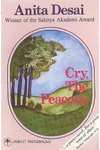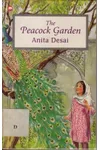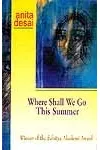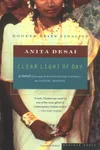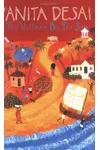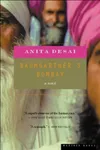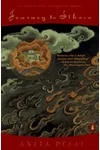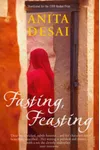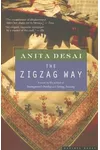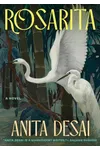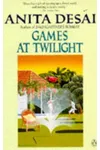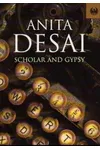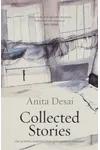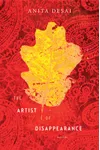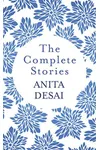Picture a storyteller who weaves the delicate threads of human emotions and cultural clashes into unforgettable tales—meet Anita Desai! Born in 1937 in Mussoorie, India, this Indian novelist has enchanted readers with her lyrical prose and keen insights into family dynamics. A three-time Booker Prize nominee, Desai’s works like Fasting, Feasting and Clear Light of Day bridge Indian and global perspectives, earning her a revered spot in literary circles.
Now a professor at MIT, Desai’s storytelling is a vibrant tapestry of her Bengali-German heritage and her sharp observations of societal pressures. Ready to dive into her world? Let’s explore the life and legacy of this literary gem!
The Making of Anita Desai
Anita Desai, born Anita Mazumdar, grew up in a multilingual household with a Bengali father, D.N. Mazumdar, and a German mother, Toni Nime. Speaking Hindi, German, Bengali, Urdu, and English, she found her literary voice in English, the language of her schooling at Queen Mary’s Higher Secondary School in Delhi. By age nine, she published her first short story, hinting at the prolific career ahead. After earning a B.A. in English literature from the University of Delhi in 1957, Desai married businessman Ashvin Desai in 1958, raising four children, including Booker Prize winner Kiran Desai.
Her early exposure to diverse cultures and the complexities of Indian life during the post-partition era shaped her storytelling. In 1958, she co-founded the publishing firm Writers Workshop with P. Lal, a bold step that amplified new Indian voices. Her debut novel, Cry, the Peacock (1963), tackled the suppression of Indian women, establishing her as a major literary force.
Anita Desai’s Unforgettable Stories
Desai’s novels are psychological portraits, blending poetic prose with themes of isolation, identity, and cultural tension. Her 1980 novel, Clear Light of Day, is her most autobiographical work, set in Old Delhi during the partition. It follows two sisters navigating family ties and personal histories, earning a Booker Prize nomination for its evocative storytelling. In Custody (1984), another Booker nominee, humorously yet poignantly explores an Urdu poet’s decline, later adapted into a Merchant Ivory film.
Fasting, Feasting (1999), Desai’s third Booker-shortlisted work, contrasts Indian and American family dynamics through siblings Uma and Arun. Uma’s stifled life in India mirrors Arun’s alienation in Massachusetts, highlighting universal struggles. Desai’s children’s book, The Village by the Sea (1982), set in Thul, won the Guardian Children’s Fiction Prize for its tender depiction of a family’s resilience. Her lyrical style, rich with imagery, transforms houses, gardens, and landscapes into characters, reflecting her characters’ inner turmoil.
Desai’s works, from Fire on the Mountain (1977), which won the Sahitya Akademi Award, to her 2011 novella collection The Artist of Disappearance, probe the human psyche with sensitivity. Her focus on middle-class Indian women and cultural intersections makes her stories timeless and relatable across borders.
Why Anita Desai Matters
Anita Desai’s impact on Indian literature is profound, offering a nuanced lens on gender, culture, and identity. Her ability to capture the quiet struggles of ordinary lives has inspired writers and readers globally, including her daughter Kiran Desai, who carried forward the family’s literary legacy. As a professor at MIT since 1993, Desai has mentored countless students, sharing her craft with warmth and wisdom.
Her three Booker Prize nominations and awards like the Padma Bhushan (2014) underscore her influence. Desai’s stories resonate because they transcend geography, speaking to anyone who’s grappled with family, belonging, or self-discovery. Her work remains a bridge between East and West, inviting readers to explore the human heart.
About Anita Desai
- Born: June 24, 1937, Mussoorie, India
- Key Works: Clear Light of Day, In Custody, Fasting, Feasting, The Village by the Sea
- Awards: Sahitya Akademi Award (1978), Guardian Children’s Fiction Prize (1983), Padma Bhushan (2014)
- Fun Fact: Her daughter Kiran Desai won the Booker Prize in 2006!
Snag Clear Light of Day and dive into Anita Desai’s soulful, lyrical world—your heart will thank you!
